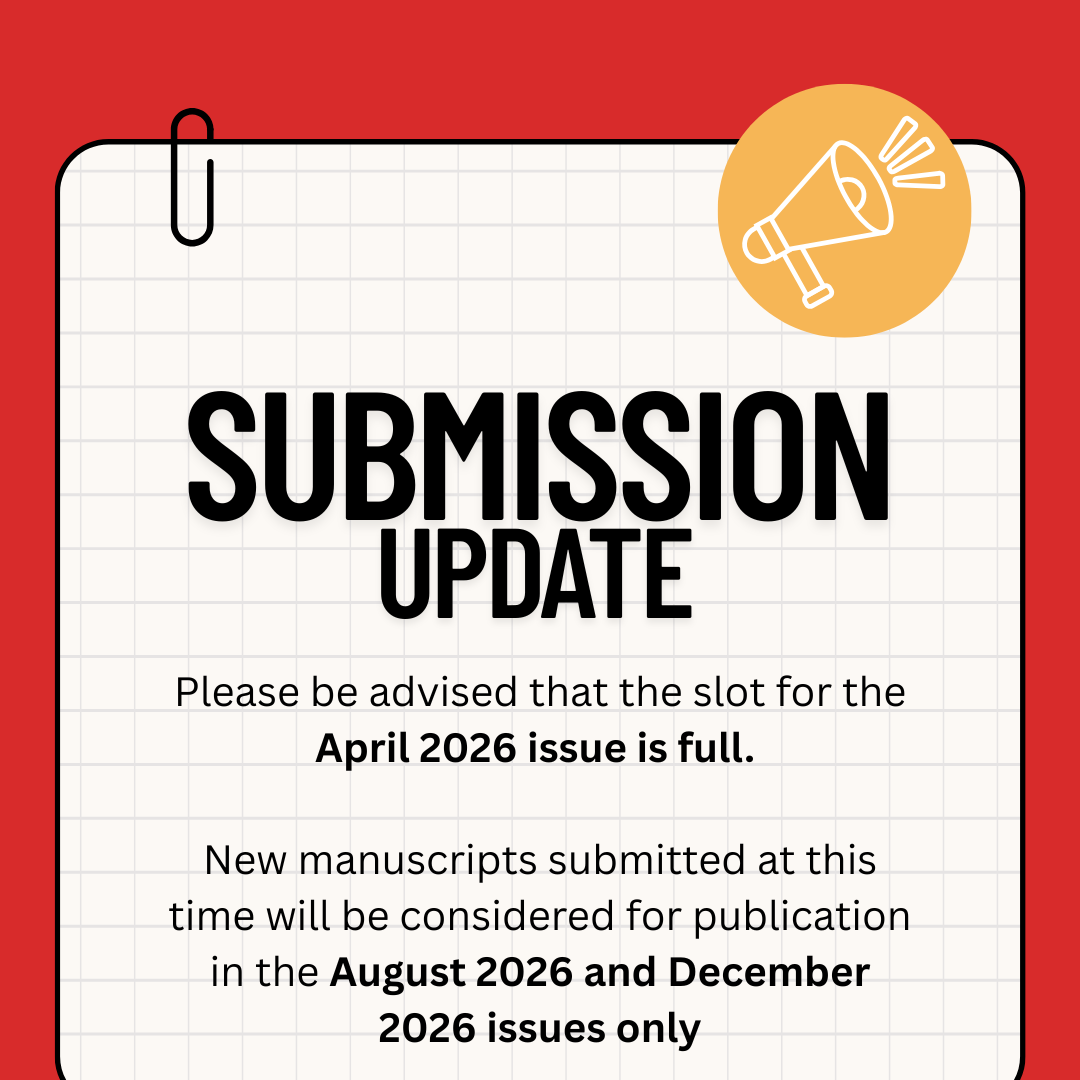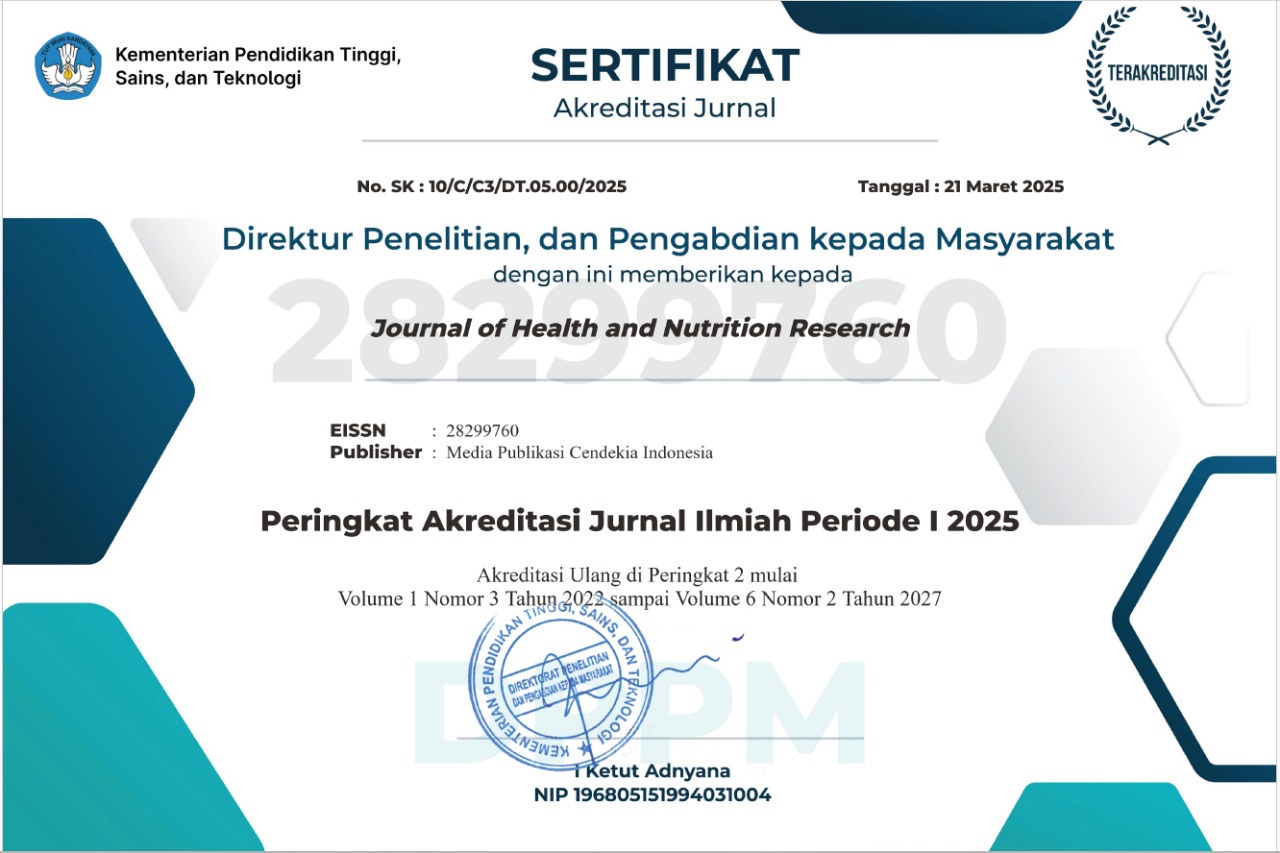Community-Based Intervention: A Case Study of Pantoloan Boya Village Community Through the Rehabilitation Field Program of National Narcotics Agency, Palu City
Keywords:
Community-Based Intervention, Rehabilitation, NarcoticsAbstract
Drug abuse is becoming more of a threat and garnering global attention, particularly in parts of Southeast Asia. The drug issue in Indonesia is urgent and multifaceted. In 2019, Central Sulawesi ranked fourth in Indonesia for the highest rate of drug abuse, with 3.30% of the population, or the equivalent of 61,857 drug users. According to research, Palu City has the highest rate of drug abuse in Central Sulawesi province. The purpose of this research was to find out how the Community-Based Intervention (CBI) Program is being implemented in the Rehabilitation Sector of BNN Kota Palu in Pantoloan Boya Village. The method used in this study was qualitative. This study used a purposive sample strategy to select 7 informants. The results showed that the mapping was carried out by RW (Hamlet)/RT (Neighbourhood)-based Recovery Agents (RA) with minimal Human Resources (HR) and clients who participated in limited interventions. Outreach is the delivery of information and approaches to the community, families, and drug users. This study's recommendations include mapping to expand HR capacity, in this case, RAs and clients, so that the program works more efficiently. Increase client compliance in group and individual meetings as part of outreach. Recovery services are being provided by pushing for the continuation of CBI's activities in Pantoloan Boya Village
Downloads
References
Anggraini D. Kebijakan ASEAN dalam Menanggulangi Penyalahgunaan Narkotika dan Obat-obatan Berbahaya di Asia Tenggara. Jurnal Analisa Hubungan Internasional. 2016;5(3):36–51.
UNOCD. UNODC. 2021 [cited 2021 Dec 20]. UNODC World Drug Report 2021: pandemic effects ramp up drug risks, as youth underestimate cannabis dangers. Available from: https://www.unodc.org/unodc/press/releases/2021/June/unodc-world-drug-report-2021_-pandemic-effects-ramp-up-drug-risks--as-youth-underestimate-cannabis-dangers.html
Amanda MP, Humaedi S, Santoso MB. Penyalahgunaan Narkoba Di Kalangan Remaja (Adolescent Substance Abuse). Prosiding Penelitian dan Pengabdian kepada Masyarakat. 2017;4(2):339–45.
BNN RI. Survei Prevalensi Penyalahgunaan Narkoba Tahun 2019. 2019. 286 p.
Hamid R, Sarwar N, sarwar A, Gul S, Saman S, Masood H. Evaluation of rehabilitation services provided to drug addicts in district Peshawar. Journal of Science, Computing and Engineering Research. 2020;(October):73–8.
Gunawan. Rehabilitasi sosial berbasis masyarakat bagi korban menyalahgunaan napza di yogyakarta. sosio Konepsia. 2016;6(01):18–38.
Sukoco GH. Strategi Pencegahan, Pemberantasan Dan Rehabilitasi Penyalahguna Narkoba Pada Kalangan Pelajar Dan Mahasiswa Di Kota Semarang Oleh Bnnp Jateng. Jurnal SosialStrategi Pencegahan, Pemberantasan dan Rehabilitasi Penyalahguna Narkoba Pada Kalangan Pelajar dan Mahasiswa di Kota Semarang oleh BNNP Jateng. 2017;6(04):14.
Aldridge RW, Story A, Hwang SW, Nordentoft M, Luchenski SA, Hartwell G, et al. Morbidity and mortality in homeless individuals , prisoners , sex workers , and individuals with substance use disorders in high-income countries : a systematic review and meta-analysis. The Lancet. 2018;391(10117):241–50.
Hadiansyah R, Rochaeti N. Penerapan Rehabilitasi Terhadap Anak Penyalahguna Narkotika. Pembangunan Hukum Indonesia. 2022;4(1):1–13.
Nasiri A, Yusefzadeh H, Amerzadeh M, Moosavi S, Kalhor R. Measuring inequality in the distribution of health human resources using the Hirschman-Herfindahl index: a case study of Qazvin Province. BMC health services research. 2022;22(1):1161.
Nurbaya. Pendekatan dan Prinsip Pencegahan Penyalahgunaan Narkoba pada Remaja. 2022;(January).
Hardiana Ratni, Mazdalifah sakhyan A. Proses Komunikasi Tim Program Kelurahan Bersinar Dalam Pencegahan Narkoba Di Kelurahan Tanah Seribu Binjai. MUKASI: Jurnal Ilmu Komunikasi. 2022;1(1):66–75.
Jumran, Osrin W, Susanti R. Hubungan Kepatuhan Dalam Mengikuti Program Rehabilitasi Dengan Pemulihan Klien Penyalahguna Narkoba Provinsi Sulawesi Tenggara. Jurnal Keperawatan STIKES KARYA KESEHATAN. 2019;02(3):26–31.
Glick JL, Huang A, Russo R, Jivapong B, Rosman L, Pelaez D, et al. ART Uptake and Adherence among Women who use Drugs Globally: A Scoping Review. HHS Public Access. 2021;02–20.
BNN. A Personal Note, Rapor Klien Pasca Rehabilitasi. 2021.
BNN BR. Pedoman Pelaksanaan Intervensi Berbasis Masyarakat. 1st ed. Jakarta: BNN; 2021. 130 p.
Abu RDF& H. Penerapan Therapeutic Community (TC) Dalam Penanganan Masalah Napza Di Panti rehabilitasi Sosial Yayasan Sekar Mawar Bandung. Ilmu Kesejahteraan Sosial HUMANITAS. 2020;2(2):64–76.
Pidura R. Implementasi bimbingan vokasional melalui keterampilan otomotif roda dua untuk pecandu NAPZA usia produktif sebagai bekal keterampilan pasca rehabilitasi. 2021;1(2):143–51.
Published
How to Cite
Issue
Section
Copyright (c) 2023 Arwan Arwan, Sadli Syam, Rasyika Nurul Fadjriah, Sulfiyanti Sulfiyanti, Muhammad Ryman Napirah

This work is licensed under a Creative Commons Attribution-NonCommercial-ShareAlike 4.0 International License.
Most read articles by the same author(s)
- Sadli Syam, Rasyika Nurul Fadjriah , Arwan, Melan Susanti, Community Compliance in Implementing Health Protocols in Polma Village, Kulawi District, Sigi Regency , Journal of Health and Nutrition Research: Vol. 2 No. 1 (2023)
- Rasyika Nurul Fadjriah, Muhammad Jusman Rau, Sadli Syam, Firmansyah Firmansyah, Nurfiana Nurfiana, Community Knowledge and Attitudes about the Health Protocols Implementation during the COVID-19 Pandemic in North Birobuli Village , Journal of Health and Nutrition Research: Vol. 1 No. 2 (2022)



















